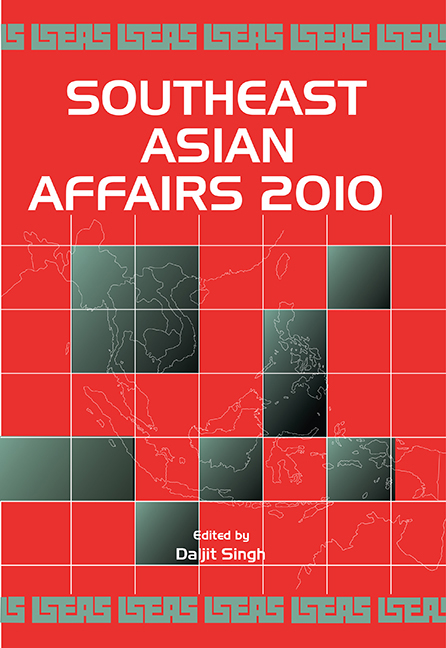Book contents
Lao People's Democratic Republic in 2009: Economic Performance, Prospects, and Challenges
from LAOS
Published online by Cambridge University Press: 21 October 2015
Summary
With an area of 236,800 square kilometres, the Lao People's Democratic Republic (PDR) is a landlocked country sharing 5,083 kilometres of borders with five countries, namely Thailand, Myanmar, Cambodia, Vietnam, and China. It is rich in natural resources like timber and minerals (including copper, gold, tin, and gypsum), and has significant hydropower potential (in the range of 18,000 to 21,000 megawatts). With a population of 6.6 million, it is one of the most sparsely populated countries of Southeast Asia, with a population density of only twenty-three people per square kilometre. The country falls under the United Nations Development Programme (UNDP)'s list of Landlocked Least Developed Countries (LLDC) and is clearly among the weakest economies in the ASEAN group. Two-thirds of its households go without access to electricity, half with no safe water supply, and about half of all villages are not reachable by road during the rainy season. The infrastructure remains constrained with a mere 7,141 kilometres of national roads (as of 2004) of which only 56 per cent are paved. There are no railways and only a very limited telecommunications system. Nearly half of the population (46 per cent) lived below the poverty line in 1992.
Aimed at bringing poverty down, the country prepared its National Growth and Poverty Eradication Strategy in 2003. Accordingly, the ongoing Sixth National Socio-Economic Development Plan 2006–10 (NSEDP) has placed a strong focus on poverty reduction, targeting a high growth rate in the range of 7 to 7.5 per cent. The country has achieved an annual average growth rate of over 7 per cent over the past several years as envisaged in the plan. The gross domestic product (GDP) per capita has increased from $581 in financial year (FY) 2006/07 to $810 in FY 2007/08, and commendable progress has been made in reducing poverty from 46 per cent in 1992, to 33 per cent in 2003, and to around 27 per cent in 2008. The country is also aiming to graduate from LLDC status and enter the ranks of the middle income countries by the end of the Eighth NSEDP in 2020; a vision considered attainable by the World Bank.
- Type
- Chapter
- Information
- Southeast Asian Affairs 2010 , pp. 145 - 152Publisher: ISEAS–Yusof Ishak InstitutePrint publication year: 2010



